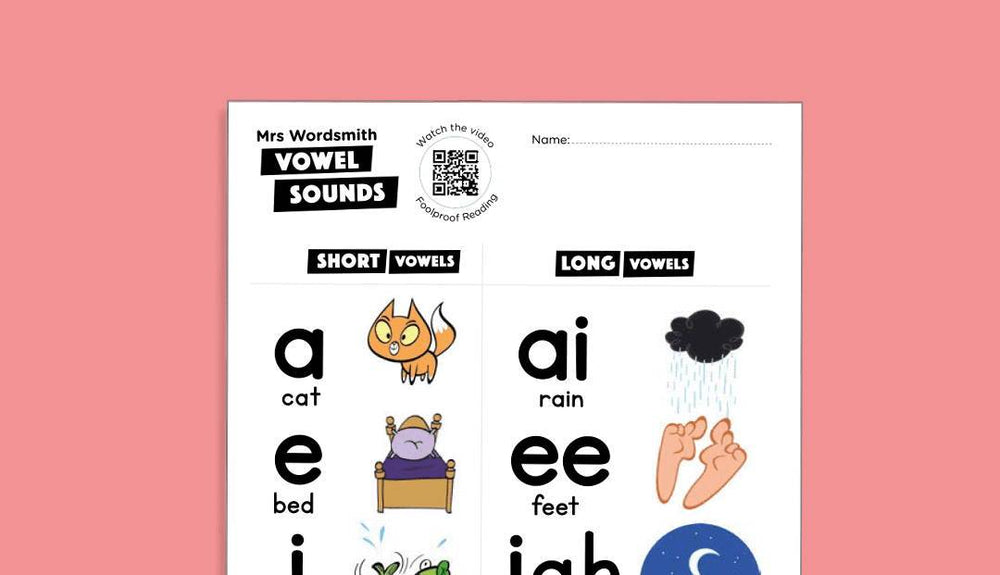Overview
Some letters look alike. Children sometimes struggle to tell alike letters apart. When reading and writing, children need to be able to tell these apart.
Download our Confusing letters: b and d, Confusing letters: p and q, and Confusing letters: Letter painting activities below.
The Confusing letters: b and d and Confusing letters: p and q activities introduce children to frequently confused letters. Can you tell b from d? Can you tell p from q? These activities have also been designed for handwriting practice.
The Confusing letters: Letter painting activity asks children to identify the difference between b, d, p, q, and g. It can be easy to mix up these letters because they all have circles and sticks that go in different directions. Spot the difference between these letters and paint them accordingly.
Common Core Alignment:
CCSS.ELA-LITERACY.RF.K.1.D Recognize and name all upper- and lowercase letters of the alphabet.
Example


































 https://mrswordsmith.com
https://mrswordsmith.com
Comment
Leave a comment